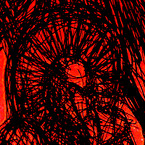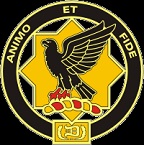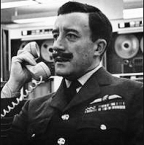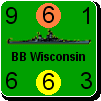gradenko2k
Posts: 935
Joined: 12/27/2010
Status: offline

|
quote:
ORIGINAL: Matti Kuokkanen
How does War in the West address your fears?
War in the West (and East) is probably one of the worse offenders of computer wargaming's excesses. It utilizes all of a computer's horsepower to simulate incredible amounts of minutia, but the interface design might as well have been left in the 80s.
Reducing combat factors to large whole numbers, making the movement point allotment of a Panzer Division a constant integer, and having a unit's relative health be defined as "whole or half" only may be simplistic and unrealistic, but it also means that it's easy to understand and implement.
When you have to scan through an spreadsheet to look at which units need reinforcements, when you have to then set individual chit-units to "Refit" mode, and then have to wait multiple turns to before the Percentage TOE rises to a combat-capable level, that's a ton of busywork that didn't really enhance the experience of fighting a WW2 campaign much better than just assigning a limited number "reinforcement steps".
When you define a unit's combat strength as being dependent on that Percentage TOE, plus morale, plus experience, plus terrain, etc., but then don't give the player many tools to see what the final result is, or could be, across multiple units, different modes of attack, or with probabilities before launching those attacks, you're not adding a lot of value compared to leaving it up to a ratio, a Combat Results Table, and a die roll.
Wargames should be deep, there's no question about that. But I take issue when in the transition from a boardgame to a digital space, designers lose sight of the need to keep things intuitive.
And it's in this regard that I would call out games like Order of Battle and Unity of Command and even Vietnam 65 as being better designs and representatives of the genre, than War in the Pacific or AGEOD.
|
 Printable Version
Printable Version





















 New Messages
New Messages No New Messages
No New Messages Hot Topic w/ New Messages
Hot Topic w/ New Messages Hot Topic w/o New Messages
Hot Topic w/o New Messages Locked w/ New Messages
Locked w/ New Messages Locked w/o New Messages
Locked w/o New Messages Post New Thread
Post New Thread